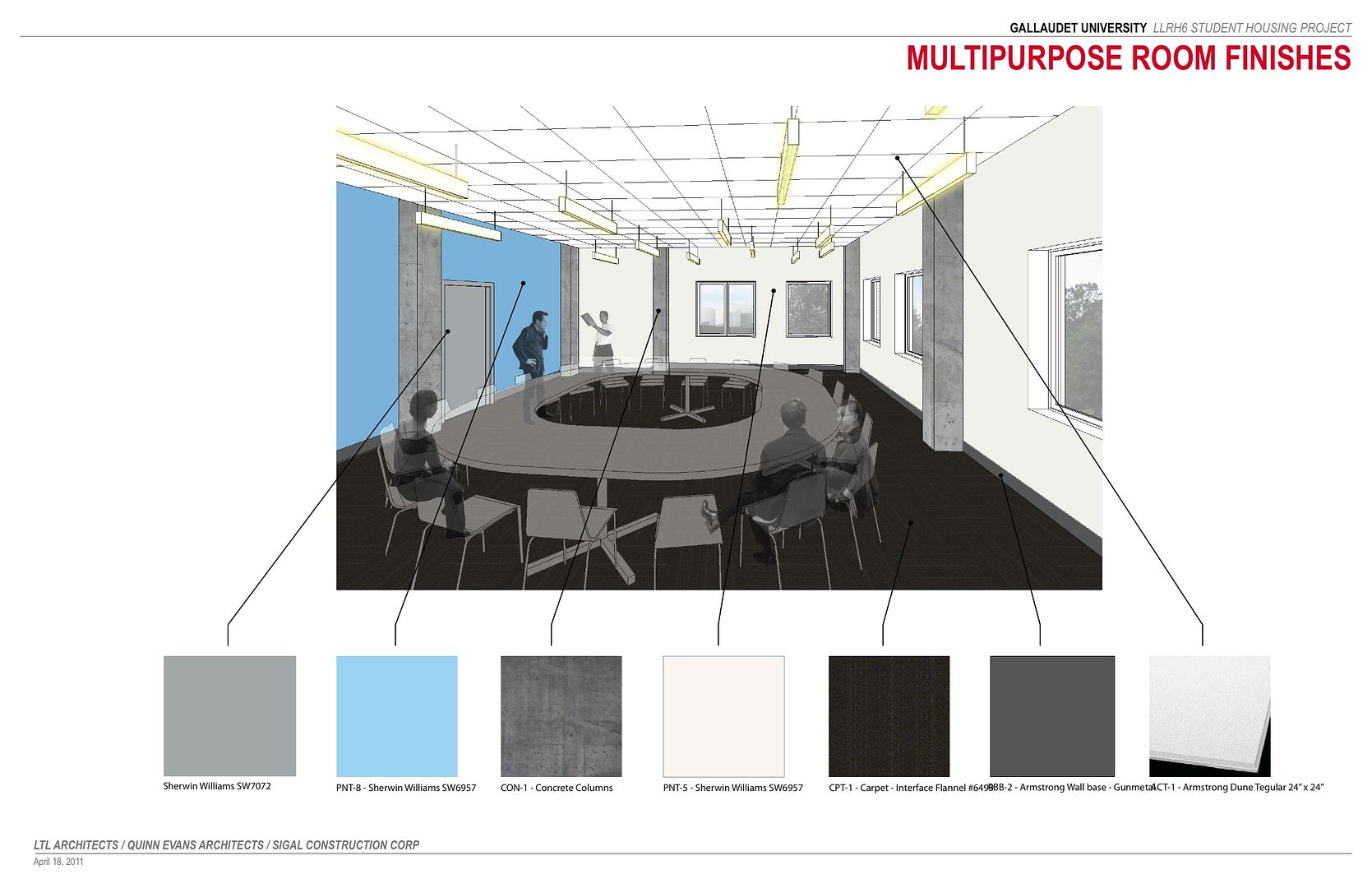I spent the night working on another post about some exciting news, but kept returning to news of Sandy and the devastation wrought on the East Coast. Reading Facebook and Twitter to check on friends, I saw several posts asking why New York City, in particular, was not better prepared. The answers to that are myriad, but it got me thinking what could be done better in the future. Sadly, storms like Sandy are only becoming more frequent. No single weather incident can be directly linked to climate change, but Sandy fit all the checkboxes, including that the sea level rise was far greater than predicted.
So what can be done to better prepare? Beyond the macro-level of major construction renovations and government programs, there are many small scale possibilities.
Code for America developed
Prepared.ly to help citizens in Austin prepare for wildfires, including checklists and the ability to track your progress securing your home, real time information on risk, and direct connection to fire safety professionals. Imagine an app that helped local residents prepare for a storm including checklists for grocery shopping and prepping the home, tips on safety in case of power and water outage, up-to-date storm information, and the ability to send information to emergency responders.
Much of the concern for safety in a storm like Sandy is the ability to either evacuate safely or prepare to wait out the storm. With the rise of the collaborative consumption economy, what are the possibilities for collaborative evacuations and storm preparedness? Imagine Lyft, Zipcar, and RideShare all coordinating drivers with passengers. Less cars on the road makes a quicker evacuations and helps ensure those without wheels have a way out. Airbnb users in safe areas could post emergency availability at affordable rates so cost wouldn't be a hinderance. For those in affected areas who do not need to evacuate, what are the collaborative possibilities for buying supplies instead of grocery stores being flooded with panicked shoppers hoarding water?
Clearly, these are only a small part of the solution. For instance, many of those most at risk are elderly, and less likely to be utilizing these forms of technology. But what if, from the West Coast, I could secure a safe ride for a family member in New York online or if, through an app, could find someone in her apartment building to check in once the power and thus, her phone line, went out?
There are better ways for us to design our cities to deal with changing conditions, but there are also ways for us to design around our changing society to build better communities that are able to weather storms together. Let's figure them out. Fast.
Until then, please consider donating $10 or how ever much you are compelled to the Red Cross for the Disaster Relief fund. It truly all makes a difference. 











































